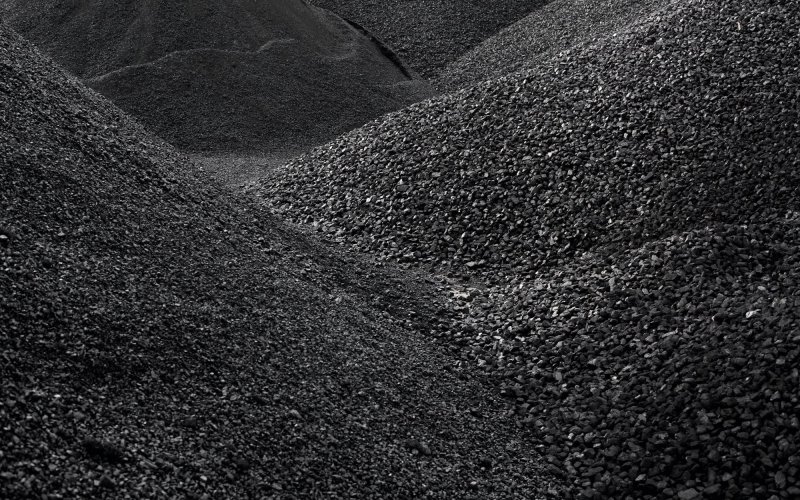Uranium is found elsewhere in the world other than in uranium ore. It is said to be contained in coal or sea water and there is quite a lot of it there. So could it be mined from the coal or the sea?
Uranium is a heavy element that was created by sequential neutron captures in the cores of massive stars, which then ended their lives as a supernova and scattered most of the elements from their core into the wide space environment, including uranium. Planets eventually formed from this interstellar dust. Some of the uranium was concentrated in uranium ore deposits, but it is not surprising that it is also found elsewhere. An estimated 4 billion tons of uranium are dissolved in all the world’s oceans. However, its concentration is such that there are approximately three uranium atoms per billion water molecules.
In the case of coal, the situation is already more promising. One hundred tons of coal contains about one kilogram of uranium. In this case, mining is facilitated by the processing of coal itself — after it is burned in a power plant, the contained uranium and other elements, e.g. thorium, are concentrated in the ash. In order to extract a kilogram of uranium, it is then necessary to process “only” several tons of ash.
Currently, there is not a strong demand for uranium mining from coal or the sea for economic reasons. Light water nuclear reactors require relatively small volumes of fuel and, moreover, in open cycle use only part of the uranium contained in the fuel. If the price of uranium rises, projects of reprocessing, thorium cycle or fast breeder reactors will become economically interesting. Only then the extraction of uranium from seawater or coal ash could become economically attractive. However, this does not mean that such mining technologies are no longer being worked on.
Polyethylene adsorbent coated with amidoximes appears to be the most advantageous for obtaining uranium from seawater. The water is forced through filters or cavities with this material. The larger the surface area of the adsorbent material and the more water, the greater the yield. However, it is assumed that in order for mining to really pay off, around 1,000 km2 of adsorbent material would need to be used.
The situation is better with the ash from coal-fired power plants, which lies in heaps. Uranium can be extracted from here by acid leaching, a process very similar to how uranium is extracted from uranium ore. This is followed by the usual and proven uranium processing procedure. Some ash contains such a concentration of uranium as medium-grade ore, which means that mining is seriously being considered. Uranium from coal ash, used as fuel in a nuclear power plant, releases more energy than burning coal in a coal-fired power plant.
Want to ask something?
Send us an e-mail with the subject “Physics mysteries” to the address:
We can't wait to tackle your interesting questions!





